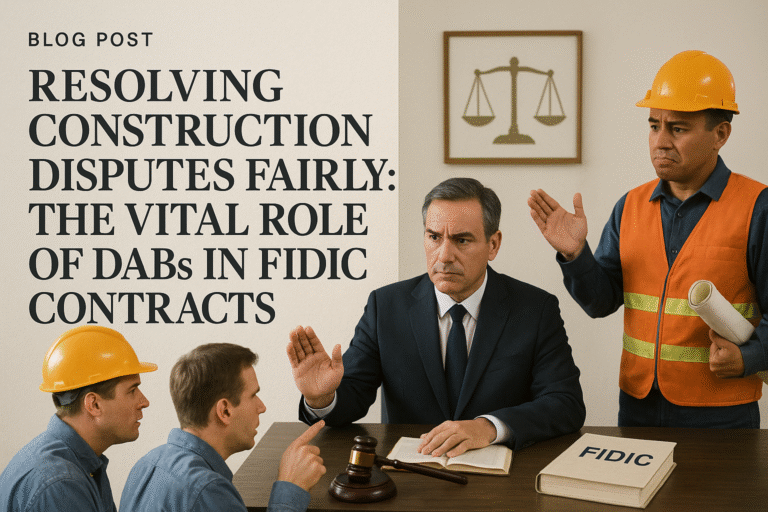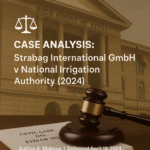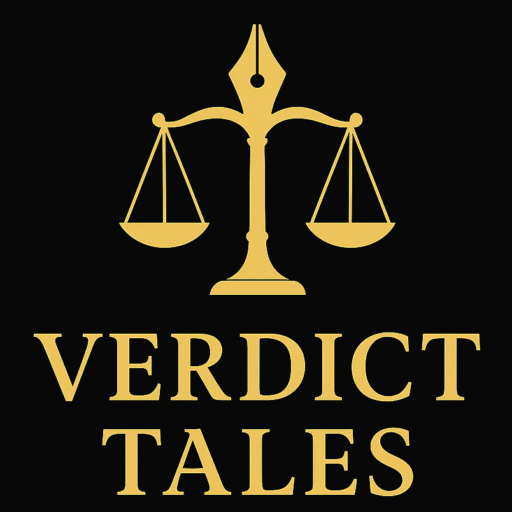Introduction
In complex construction projects under FIDIC’s Red Book (1999), disputes are inevitable. Clause 20 provides a structured dispute resolution process, with the Dispute Adjudication Board (DAB) as its centerpiece. This article explains how the DAB ensures fairness, prevents costly arbitration, and keeps projects on track.
The Evolution of Dispute Resolution in FIDIC Contracts
Pre-DAB Era: The Engineer’s Role
Earlier FIDIC contracts (e.g., 1987 Red Book) relied on the Engineer—appointed by the Employer—to resolve disputes. Critics argued this created bias, as the Engineer was paid by the Employer.
The World Bank’s Influence
In the 1990s, the World Bank mandated Dispute Review Boards (DRBs) for funded projects. Unlike the Engineer, DRBs were independent but issued non-binding recommendations.
FIDIC’s Innovation: The DAB (1996)
FIDIC refined this concept with the binding Dispute Adjudication Board (DAB), later formalized in the 1999 Red Book. Unlike DRBs, DAB decisions are enforceable unless overturned in arbitration.
Clause 20: A Step-by-Step Dispute Resolution Framework
1. Claims by Contractors (Sub-Clause 20.1)
Contractors seeking additional time or money must:
✔ Notify the Engineer within 28 days of becoming aware of the issue.
✔ Submit a detailed claim with supporting evidence within 42 days.
✔ Await the Engineer’s response (also within 42 days).
Key Points:
-
Late notices forfeit claim rights.
-
The Engineer must act impartially under Clause 3.5.
2. Claims by Employers (Sub-Clause 2.5)
Employers must now:
✔ Issue a formal notice with justification.
✔ Provide evidence (e.g., defects documentation).
✔ Obtain the Engineer’s fair determination before withholding payments or extending defect liabilities.
The Dispute Adjudication Board (DAB): Core of Clause 20
Types of DABs
|
Standing DAB |
Ad Hoc DAB |
|
Appointed at project start; remains until completion. |
Formed only when a dispute arises. |
|
Ideal for large, long-term projects. |
Suitable for off-site or short-term work. |
Appointing the DAB (Sub-Clause 20.2–20.3)
-
Parties jointly select 1–3 members (for 3-member DABs, each side nominates one, and a neutral chair is agreed upon).
-
Members must be impartial, experienced, and independent.
-
If parties deadlock, a pre-appointed authority (e.g., FIDIC) steps in.
How the DAB Operates (Sub-Clause 20.4)
-
Either party refers the dispute in writing to the DAB.
-
Both sides submit evidence and arguments.
-
The DAB investigates (using an inquisitorial approach).
-
A binding decision is issued within 84 days.
-
Parties must comply unless a Notice of Dissatisfaction (NoD) is filed within 28 days.
Post-DAB Procedures
Amicable Settlement (Sub-Clause 20.5)
If an NoD is filed, parties must attempt 56 days of negotiation before arbitration.
Arbitration (Sub-Clause 20.6)
-
Governed by ICC Rules unless otherwise agreed.
-
Three arbitrators re-examine the dispute, including DAB decisions and new evidence.
-
Can occur during or after project completion.
Special Cases
-
Non-compliance (Sub-Clause 20.7): If a party ignores a binding DAB decision, the other can proceed directly to arbitration.
-
No DAB in Place (Sub-Clause 20.8): Disputes skip to arbitration.
Why the DAB Matters
✅ Fairness: Independent of Employer/Contractor influence.
✅ Speed: Resolves disputes in months, not years.
✅ Cost-Effective: Avoids lengthy arbitration/litigation.
✅ Enforceability: Decisions are binding unless challenged.
Conclusion
The DAB is FIDIC’s most significant dispute resolution innovation, ensuring fairness while keeping projects on track. By combining clear claim procedures, neutral adjudication, and enforceable decisions, Clause 20 minimizes disputes and maximizes efficiency.




